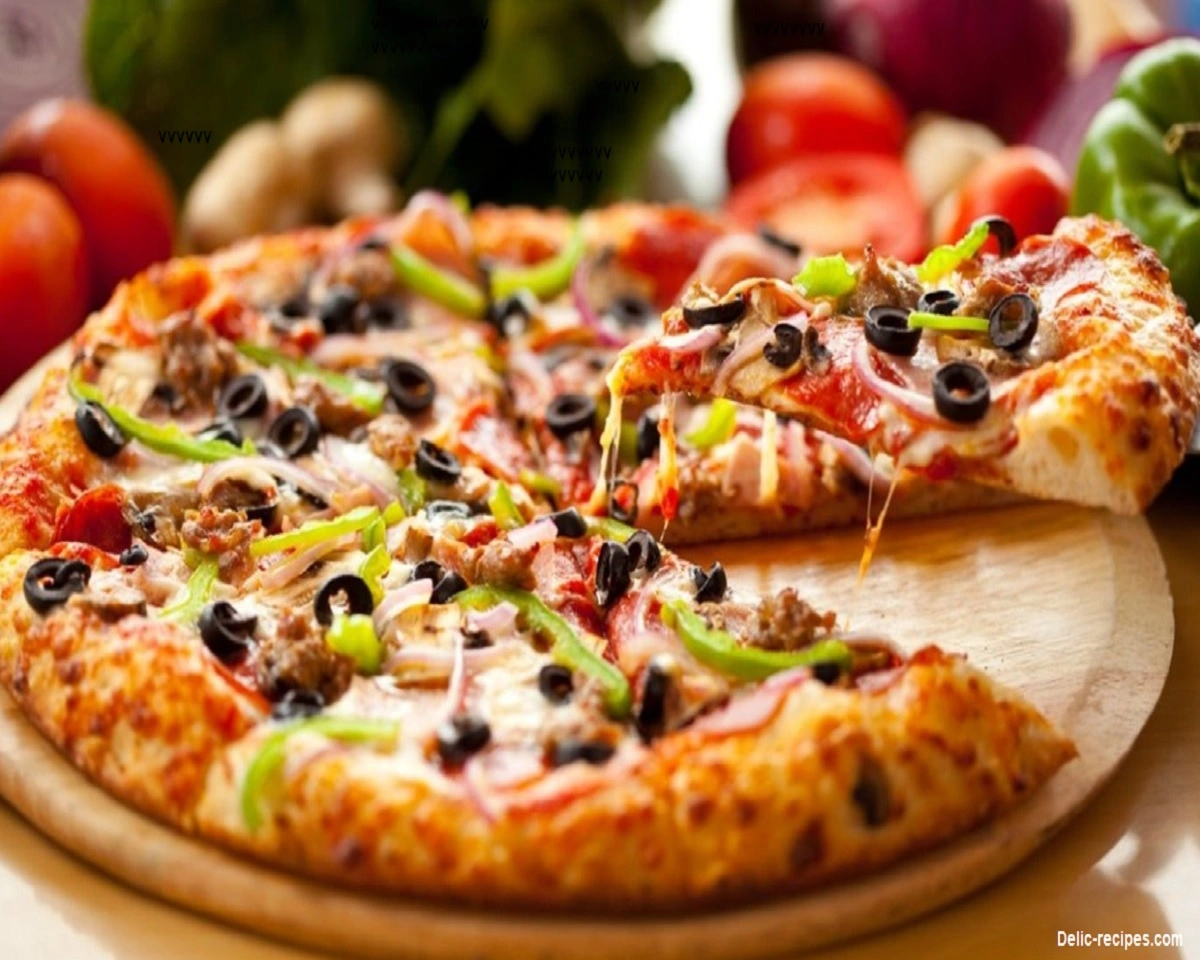Pizza is a popular and beloved food enjoyed by people all over the world. Its delicious combination of flavors and versatility make it a go-to choice for many. However, if you are conscious about your calorie intake, you may be wondering how many calories are in 2 large slices of pizza. In this article, we will delve into this topic, providing you with valuable information to help you make informed decisions about your dietary choices.
Pizza is a beloved food that originated in Italy and has gained global popularity. With its combination of a crispy crust, flavorful sauce, savory toppings, and gooey cheese, pizza is a delightful indulgence for many. However, it’s important to be aware of the nutritional content of this delicious dish, especially when it comes to calorie intake.
2. Understanding Calories
Calories are a unit of measurement that represents the energy content of food. Our bodies require a certain amount of calories to function properly and perform daily activities. Consuming more calories than our bodies need can lead to weight gain, while consuming fewer calories can result in weight loss.
3. Pizza and Calorie Content
The calorie content of pizza varies depending on various factors such as the size of the slice, type of crust, toppings, and cooking methods. Typically, larger slices of pizza contain more calories than smaller ones. Additionally, the type of crust, whether thin or thick, can also impact the overall calorie count.
4. Factors Affecting Calorie Count
To determine the exact number of calories in 2 large slices of pizza, you need to consider several factors. Firstly, the size of the pizza slices matters significantly. A large slice is generally larger than a regular or small slice, resulting in a higher calorie count. Secondly, the toppings you choose can greatly influence the calorie content. Fattier toppings like pepperoni or sausage tend to have more calories compared to vegetables or lean meats.
5. Typical Calorie Range for 2 Large Slices of Pizza
On average, two large slices of pizza can range from 600 to 800 calories. However, it’s important to note that this is a general estimate, and the actual calorie count can vary depending on the factors mentioned earlier.
6. Nutritional Variations
Apart from calories, pizza also provides various other nutrients. The calorie content is primarily derived from carbohydrates, proteins, and fats. The specific nutritional composition can differ based on the type of crust, sauce, cheese, and toppings. For example, a thin-crust pizza with vegetable toppings will generally have fewer calories compared to a deep-dish pizza loaded with cheese and fatty meats.
7. Strategies for Reducing Calorie Intake
If you’re concerned about the calorie content of pizza but still want to enjoy it, there are several strategies you can employ. Firstly, opt for a thin-crust pizza instead of a thick-crust one, as it generally contains fewer calories. Secondly, consider choosing healthier toppings such as fresh vegetables and lean proteins. Finally, watch your portion sizes and avoid consuming excessive amounts of pizza in one sitting.
8. Healthier Pizza Options
If you’re looking for healthier alternatives to traditional pizza, you have options. Many pizzerias now offer whole wheat or gluten-free crusts, providing a healthier base for your pizza. Additionally, you can experiment with alternative toppings like grilled chicken, fresh herbs, and a variety of vegetables to create a more nutritious and lower-calorie pizza.
9. Balancing Pizza Consumption with a Healthy Lifestyle
While it’s important to be mindful of your calorie intake, it’s equally crucial to maintain a balanced and healthy lifestyle. Enjoying pizza occasionally as part of a well-rounded diet can be a part of that. Incorporating regular exercise, consuming a variety of nutritious foods, and practicing portion control will help you maintain a healthy balance while still enjoying your favorite foods.
10. Conclusion
In conclusion, the number of calories in 2 large slices of pizza can vary based on several factors, including the size of the slices and the type of toppings. On average, you can expect a range of 600 to 800 calories for this portion size. Remember that moderation and portion control are key when it comes to enjoying pizza while maintaining a balanced diet.
11. FAQs
Q1: Can I reduce the calorie content of pizza by removing the cheese?
Yes, removing or reducing the amount of cheese on your pizza can help lower the calorie content. However, keep in mind that cheese also provides essential nutrients like calcium and protein.
Q2: Does the cooking method affect the calorie count of pizza?
Yes, the cooking method can impact the calorie count. Deep-fried or pan-fried pizzas tend to have higher calorie content compared to oven-baked ones.
Q3: Are there any low-calorie pizza crust alternatives?
Yes, many pizzerias offer alternatives like cauliflower crust or zucchini crust, which can be lower in calories compared to traditional crusts.
Q4: Does the brand of pizza affect its calorie count?
Different pizza brands may have variations in their nutritional content, including calorie count. It’s always a good idea to check the nutritional information provided by the brand.
Q5: How can I enjoy pizza while maintaining a healthy lifestyle?
You can enjoy pizza as part of a healthy lifestyle by opting for healthier crusts, choosing nutritious toppings, practicing portion control, and balancing it with regular exercise and a variety of other nutritious foods.

